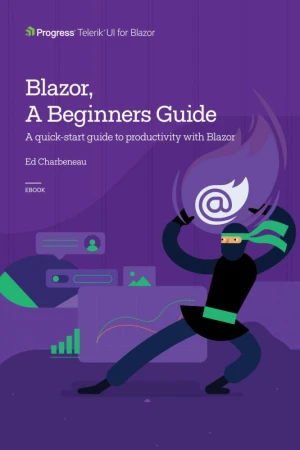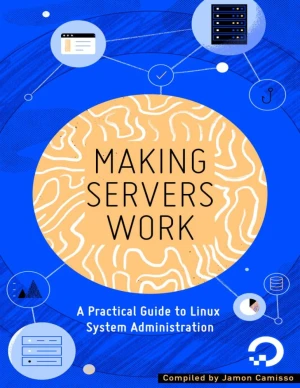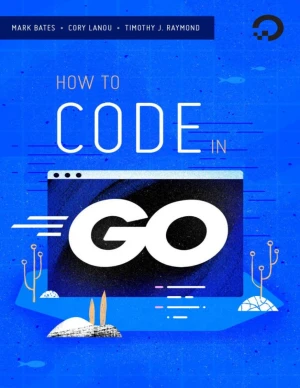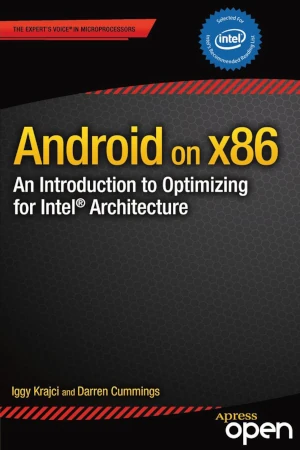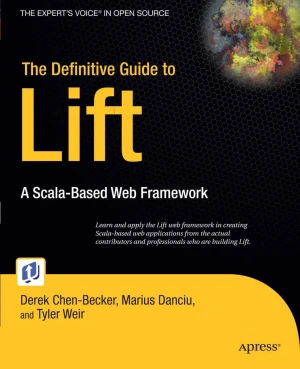Linux Appliance Design
A Hands-on Guide to Building Linux Appliances
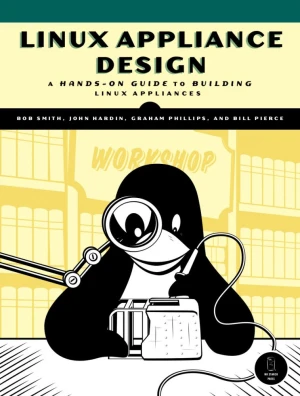
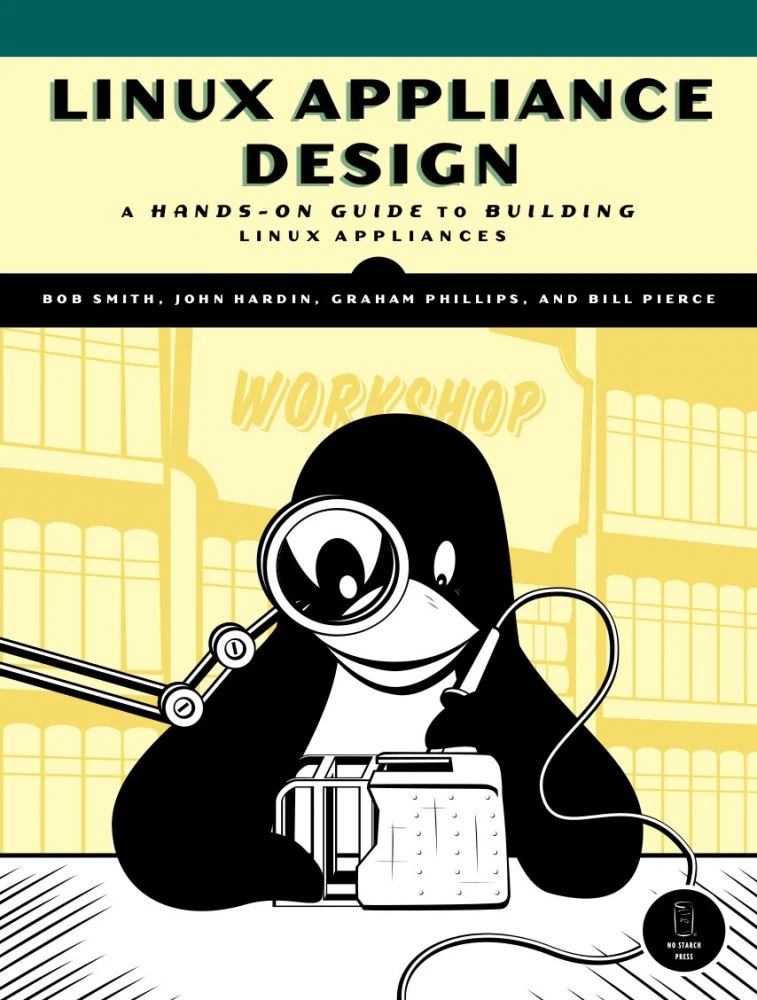
Book Details
| Authors | Bob Smith, John Hardin, Graham Phillips, Bill Pierce |
| Publisher | No Starch Press |
| Published | 2007 |
| Edition | 1st |
| Paperback | 388 pages |
| Language | English |
| ISBN-13 | 9781593271404 |
| ISBN-10 | 1593271409 |
| License | Open Access |
Book Description
Modern appliances are complex machines with processors, operating systems, and application software. While there are books that will tell you how to run Linux on embedded hardware, and books on how to build a Linux application, Linux Appliance Design is the first book to demonstrate how to merge the two and create a Linux appliance. You'll see for yourself why Linux is the embedded operating system of choice for low-cost development and a fast time to market.
Linux Appliance Design shows how to build better appliances - appliances with more types of interfaces, more dynamic interfaces, and better debugged interfaces.
You'll learn how to build backend daemons, handle asynchronous events, and connect various user interfaces (including web, framebuffers, infrared control, SNMP, and front panels) to these processes for remote configuration and control. Linux Appliance Design also introduces the Run-Time Access library, which provides a uniform mechanism for user interfaces to communicate with daemons.
Learn to:
- Separate your user interfaces from your daemons
- Give user interfaces run time access to configuration, status, and statistics
- Add professional network management capabilities to your application
- Use SNMP and build a MIB
- Build a web-based appliance interface
- Build a command line interface (CLI)
- Build a framebuffer interface with an infrared control as input
- Manage logs and alarms on an appliance
This book is published as open-access, which means it is freely available to read, download, and share without restrictions.
If you enjoyed the book and would like to support the author, you can purchase a printed copy (hardcover or paperback) from official retailers.
Download and Read Links
Share this Book
[localhost]# find . -name "*Similar_Books*"
Blazor, A Beginners Guide
Blazor, A Beginners Guide is intended for developers with some .NET experience. If you're coming from a non-.NET development background, you may learn some .NET basics along the way, but supplemental material around C# and .NET would be of great help to you. The book begins with the author's own perspective on WebAssembly, why it's important to hav
Making Servers Work
This book highlights practical sysadmin skills, common architectures that you'll encounter, and best practices that apply to automating and running systems at any scale, from one laptop or server to 1,000 or more. It is intended to help orient you within the discipline, and hopefully encourages you to learn more about system administration.
How To Code in Go
This book is designed to introduce you to writing programs with the Go programming language. You'll learn how to write useful tools and applications that can run on remote servers, or local Windows, macOS, and Linux systems for development. The topics that it covers include how to: - Install and set up a local Go development environment on Windows,
Beej's Guide to Network Programming
This practical guide offers a clear introduction to network programming using Internet sockets, commonly referred to as 'sockets programming.' While the sockets API originated in Berkeley, it has since been adapted across various platforms, including Unix, Linux, and Windows. Though the API can be overwhelming at first, this book simplifies the lea
Android on x86
Android on x86: an Introduction to Optimizing for Intel Architecture serves two main purposes. First, it makes the case for adapting your applications onto Intel’s x86 architecture, including discussions of the business potential, the changing landscape of the Android marketplace, and the unique challenges and opportunities that arise from x86 de
The Definitive Guide to Lift
Lift is designed to make powerful techniques easily accessible, while keeping the overall framework simple and flexible. Lift makes it fun to develop because it lets you focus on the interesting parts of coding. For those of you have experience with other web frameworks such as Struts, Tapestry, Rails, et cetera, you must be asking yourself, "Why a

